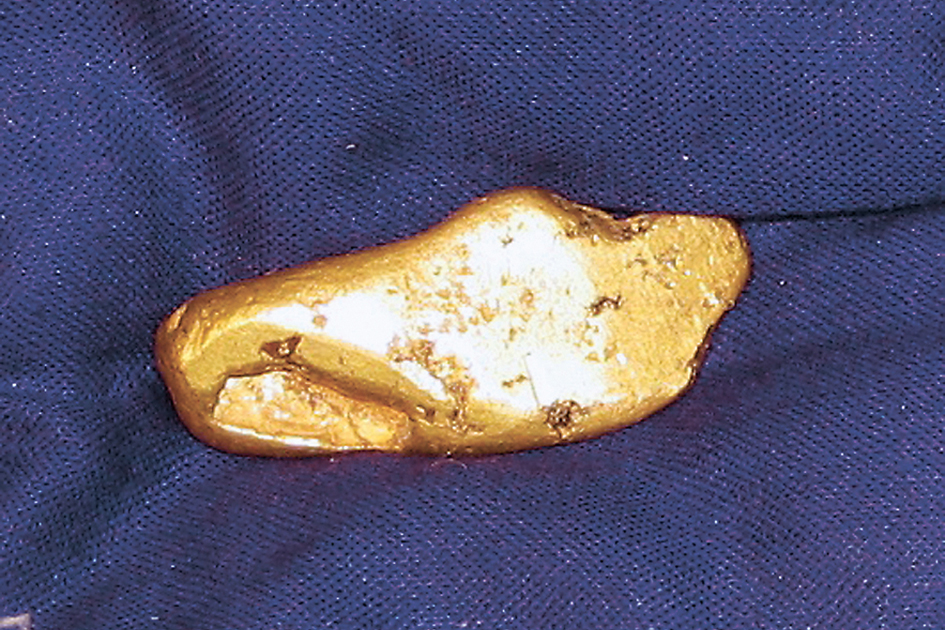【気仙概論】黄金の国ケセンとは
概要 Summary
気仙郡の名前が登場するのは『日本後紀』巻十。そこに出てくる日付から、少なくとも弘仁元年(810年)以前には気仙郡という名称が使われていたことがわかります。東北は8世紀半ばから黄金の産地として知られていましたが、平重盛(平清盛の嫡男)が奥州を知行していた安元年間(1175〜77)のころ、荘園の気仙から金1,300両が進呈されたとあります。『源平盛衰記』には、重盛が中国(宋)の育王山に、気仙から出た黄金を献上していたという記述もあります。
The term KESEN appears in the tenth volume of Nihon Kouki from which the name KESEN country (Kesen-gou) is considered to be in use since the first year of the Kounin era (810 A.D.). Tohoku has been know as a gold-producing region since the middle of the 8th century. In the Angen era (1175-77) when Taira No Shigemori, the heir to Taira No Kiyomori, ruled Oshu, 1300 Ryo in gold was sent from the Kesen Manor according to the literature. In "Genpei Seisui ki (Rise and Fall of the Minamoto and the Taira clans)", one may found that Shigemori has sent gold from Kesen as a tribute to Yuwangshan (temple) in Song dynasty China.
ケセンこそ黄金の国ジパング? Is KESEN indeed Zipangu, the far-east eldorado?
平泉黄金文化を支えた金の産出地としては、本吉、東磐井、気仙、江刺、遠野が知られています。伊達藩時代の気仙四大金山は「玉山、雪沢、今出山、坂本沢」で苦しい藩財政を支えました。中でも玉山金山は金の産出量の多さから「玉千軒」「千人坑」などの言葉を生み、『東方見聞録』のジパングに記された金山もここを指すとの説もあります。
Among the gold mining sites supporting Hiraizumi Golden Culture, Motoyoshi, Higashiiwai, Kesen, Esashi are the best known. In the Date clan period, "Tamayama, Yukizawa, Imadeyama, Sakamotozawa" were KESEN's four largest gold mines that have supported the domain when the economy was low. Tamayama was the most productive gold mine and gave the local expressions such us "Tama-sengen (the thousand houses of Tama)", or "Sennin-kou" (the thousand miners pit). Some say the gold mine mentioned in the Zipangu chapter of "The million: Travels of Marco Polo" by Marco Polo was actually the Tamayama mine.
金塊発見 A gold nugget found
明治23年(1890年)8月には、世田米村の菅野伊太郎が、気仙川筋の同村字大渡で約88グラムの大金塊を拾ったという記録が残っています。また、昭和 51年(1976年)11月には、住田町世田米大渡橋で気仙川をまたぐ橋(現在の垣ノ袖橋)の工事現場から大砂金塊が発見されました。重量22.4グラム、長さ3.5センチ、幅1〜1.5センチ、厚さ0.5〜0.7センチの砂金塊で、東北最大。
※ページトップの写真がその金塊です。
Records shows that in the 23d year of the Meiji era (1890 A.D.), Sugano Itarou of Aza Owatari, Kesen Kawasuji, kesen village found a nugget of 88 grams. In the year 51 of Showa era (1976 A.D.), large nuggets were found from the construction site of the current Kakinosode bridge over the Kesen river, in Ootobashi, Setamai, Sumita town. The nuget had 22.4 grams, 3.5 cm in klength and 1 to 1.5 cm in width, with a 0.5 to 0.7 cm thickness. It is the largest found in Tohoku region.
*A photograph of he nugget is shown in the top page.
郷土芸能 Folk Performing Arts
気仙は郷土芸能が盛んな地域でもあります。獅子踊りや剣舞、虎舞、権現舞、七福神、神楽、田植え踊り、太鼓など実に多彩です。一説には「1つの行政区に、必ず何かしらの郷土芸能が伝わっている」とも言われます。
KESEN is an area rich in folk arts such as Shishi-odori (lion dance) and Kenbai, Tora-mai, Gongen-mai, Shichifukujin, Taue-odori (rice planting dance) and Taiko (drums). According to a certain view, each and every administrative district has a fork art that has been passed through generations.
-
五葉山 Goyouzan
霊峰・五葉山(1.351m)は、住田町・大船渡市・釜石市にまたがる三陸沿岸の最高峰で、住田の信仰の中心として知られます。山頂付近には山宮として五葉山神社(五葉権現)が、山麓にはいくつもの里宮が、五葉山の麓を囲む形に祀られています。
See details on this spot
The sacred mountain Goyouzan (1,351m in alt.) is the highest mountain of the Sanriku shores. Peaking over Sumita town, Ofunato city and Kamaishi city, it is the centre of worship of the area. The mountain shrine Goyouzan-jinja (Goyou-gongen) is ocated near the top, while many Satomiya (village shrines) encircles the foot of the mountain. -
気仙三十三観音巡り Kesen Sanju-san Kannon Pilgrimage
気仙地域の観音霊場巡りのために選ばれた、2市1町にまたがる33の寺院。気仙町の泉増字を一番札所とし、高田町の浄土寺まで三十三番札所があります。現在の市町別では、大船渡市に6カ所、陸前高田市に21カ所、住田町に6箇所の札所があります。
See details on this spot
Selected 33 temples for the Kannon Reijou (Bodhisattva of Compassion's sacred site) in an erea encompassing three cities and one town. The firstmof the 33 sites is the Senzou-ji in Kesen district, until the thirty-third and last Joudo-ji: in terms of today's administrative districts, 6 sites are located in Ofunato city, 21 in Rokuzen Takata city, and 6 in Sumita town.



